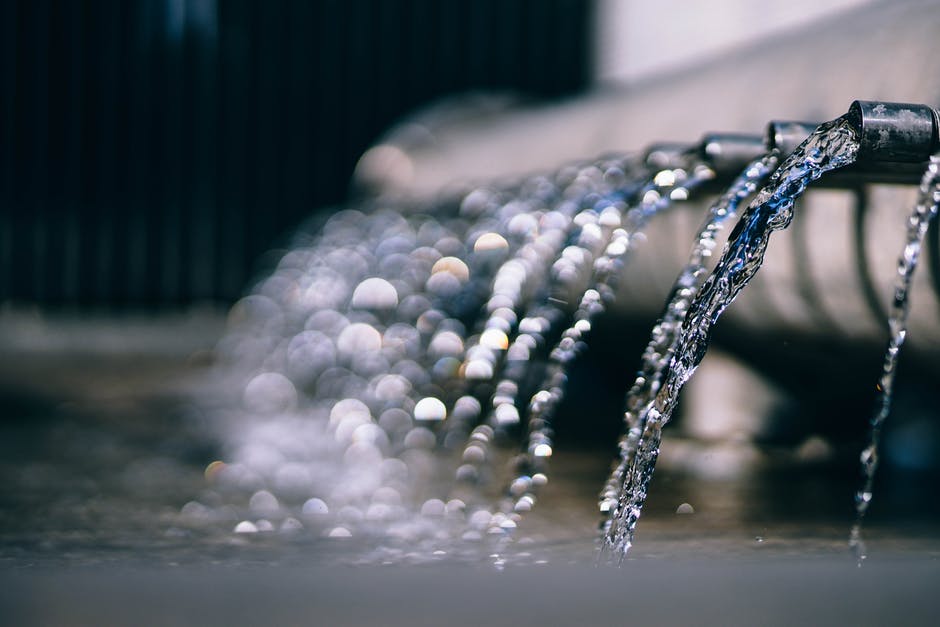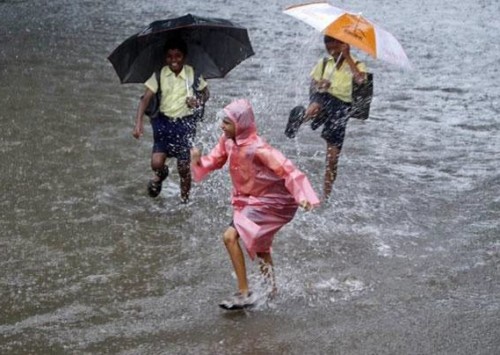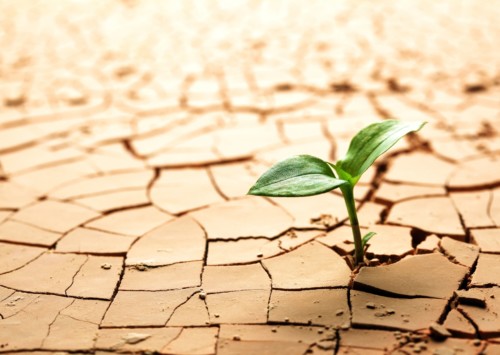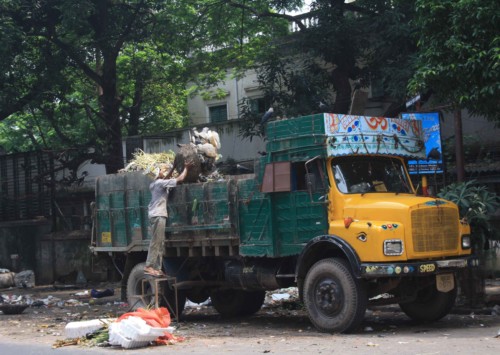The earth is drowning in water-crisis, because we ‘eat’ water

Trends in rise of population can best be described as hockey-stick curve, driving the demand on that minuscule percent of the water for agricultural, industrial and domestic use
Percent distribution of sea water and fresh water on the Earth has not changed for at least four billion years when life on earth was formed. Amount of water too, has not changed on this earth for billions of years. It is said that if at all anyone knows the full history of the Earth, it is water.
Every article and speech on water-security starts with the textbook statistics that we all learned in our primary school: “Out of all the water on our planet sea water occupies about 96.5 pc. Extremely saline ground water is about 0.9 pc making about 98.4 pc water not available for humans, animals and nearly all the flora on the earth. Remaining about 2.5 pc is fresh water.” And then comes the standard crisis statement that reflects how little water is available for our well-being: “Out of this 2.5 pc of all the fresh water on this globe, nearly 68.5 pc is permanently frozen in icecaps and glaciers, thus not available for health and well-being of the planet. Remaining 30 pc is in the ground, most of it very deep down. Only 1.5 pc of all fresh water is on the surface in the lakes, rivers and swamps.”
Interestingly had the textbooks and class rooms existed thousands of years back, this archetypal description would not have changed. Particularly, percent distribution of sea water and fresh water on the Earth has not changed for at least four billion years when life on earth was formed. Amount of water too has not changed on this earth for billions of years. It is said that if at all anyone knows the full history of the Earth, it is water.
What are the drivers of this crisis?
So, what is the water crisis about? The discourse above misses a pivotal driver of emerging and life-threatening crisis. The following are the drivers:
1. Even as little as 1.5 pc of all the fresh water (0.038 pc of all the water) is geographically unevenly distributed in exceptional manner around the Earth creating deserts like Sahara and water-rich forests like Amazon.
2. The trends in rise of population can best be described as hockey-stick curve (we were just about one billion at the start of the industrial revolution 200 years back and remained below that for 2,000 years and in 200 years we are more than seven times that figure), driving the demand on that minuscule percent of the water for agricultural, industrial and domestic use.
3. The unfair globalisation has made us not only drink but also ‘eat’ the water. We also wear the water and invisibly trade the water in sheer unequal manner adding to existing absolute economic inequality.
4. What may be the last straw to drive the water-crisis to the planetary proportion is the emission of the Green House Gases (GHGs) led by the emission of carbon dioxide due to indiscriminate burning of fossil fuel to support modern life.
First two are unlikely to change. But last two could be managed.
Eating and wearing the water
Growing food is now considered a ‘lower class’ activity as compared to making money using high technology activity and importing food. Rich in oil but water starved countries prefer to import the food derived from thirsty crops grown in other countries. Economists call the water it takes to grow these crops “virtual water.” Thus, when any middle-eastern country imports rice and potato, it also virtually imports water.
Though estimates vary, about 200 litres of water is needed to grow 1 kg of potatoes and 3,000 litres of water is needed for 1 kg of rice. So, when the family in middle-east consumes a kilo of rice and a kilo of potatoes, they ‘eat’ 3,200 litres of water drawn from other countries. A single cotton T-shirt consumes 2,700 litres of water mainly to grow cotton.
Indus in Pakistan, the Yellow River in China and the Nile in Egypt are getting emptied and ground water is being pumped dry in India to export the food grains, vegetables, sugar, cotton, meat and dairy products to other countries. It is estimated that the amount of such global trade in virtual water that importing countries ‘eat’ and ‘wear’ is estimated to be 20 times the annual flow of the world’s longest river, the Nile.
Food trade, as a result of open market globalisation is really an unfair trade between the water-haves and water-have-nots. And if water-have-nots are poor countries, which may not be necessarily the case, they are poised to get poorer due to loss of natural resource (water) in the long term. Loss of natural resources in food producing countries would raise the food-prices which in turn would result into a spiralling social-crisis.
Even rich countries like United States of America (US), for example, are also losing water resources drastically. The exported water is emptying the Colorado River and the Rio Grande, both of them now fail to reach the ocean for much of the year and California’s ground water resources are bottoming up.
In 2014-15, India exported about four million tonnes of basmati rice. To export this rice, the country used about 12 trillion litres of water, which India exported when its poor people were suffering from water shortages.
Climate change
The global warming is further complicating the scenario. As per the Intergovernmental Panel on Climate Change (IPCC) every 1°C rise in temperature would give rise to 7 pc increase in evaporation of sea water. The world is on track at present to touch 1.5°C. Hence, the clouds already have 10 pc more water vapours that have to come down along with regular rains. The location of the extra precipitation is increasingly uncertain to predict and may get localised due to local situation of vegetation, mountains and winds.
Recently India experienced an overall below average rain but catastrophic deluge in certain districts in Bihar and other places of north India, which caused unprecedented loss of life and property. Here too the poor suffered the most.
Water vapour, GHGs, and extra water vapour, due to rise in ocean temperature, contributes to further global warming. Scientists predict that such ‘spiral’ effect of global warming combined with slowing of oceanic mega-currents due to melting of Antarctic and Arctic ice would produce ‘runway’ climate change impacts that are extremely difficult to predict and may arrive sooner than expected.
The classic narration on water crisis ends with prophecy of ‘water-wars’. However, in reality, there is possibility of ‘runway’ climate change leading to abrupt global cataclysm, which would pre-empt the prediction of water-wars.
The actions on national water-management, effective control on international trading of virtual water and globally ending the carbon economy within the next 25 years are needed urgently.
-Rajendra Shende, Chairman TERRE Policy Centre, Senior Expert UNEP TEAP, Advisor IIM Rohtak Bizdome, Advisor Media India Group and Former Director UNEP












